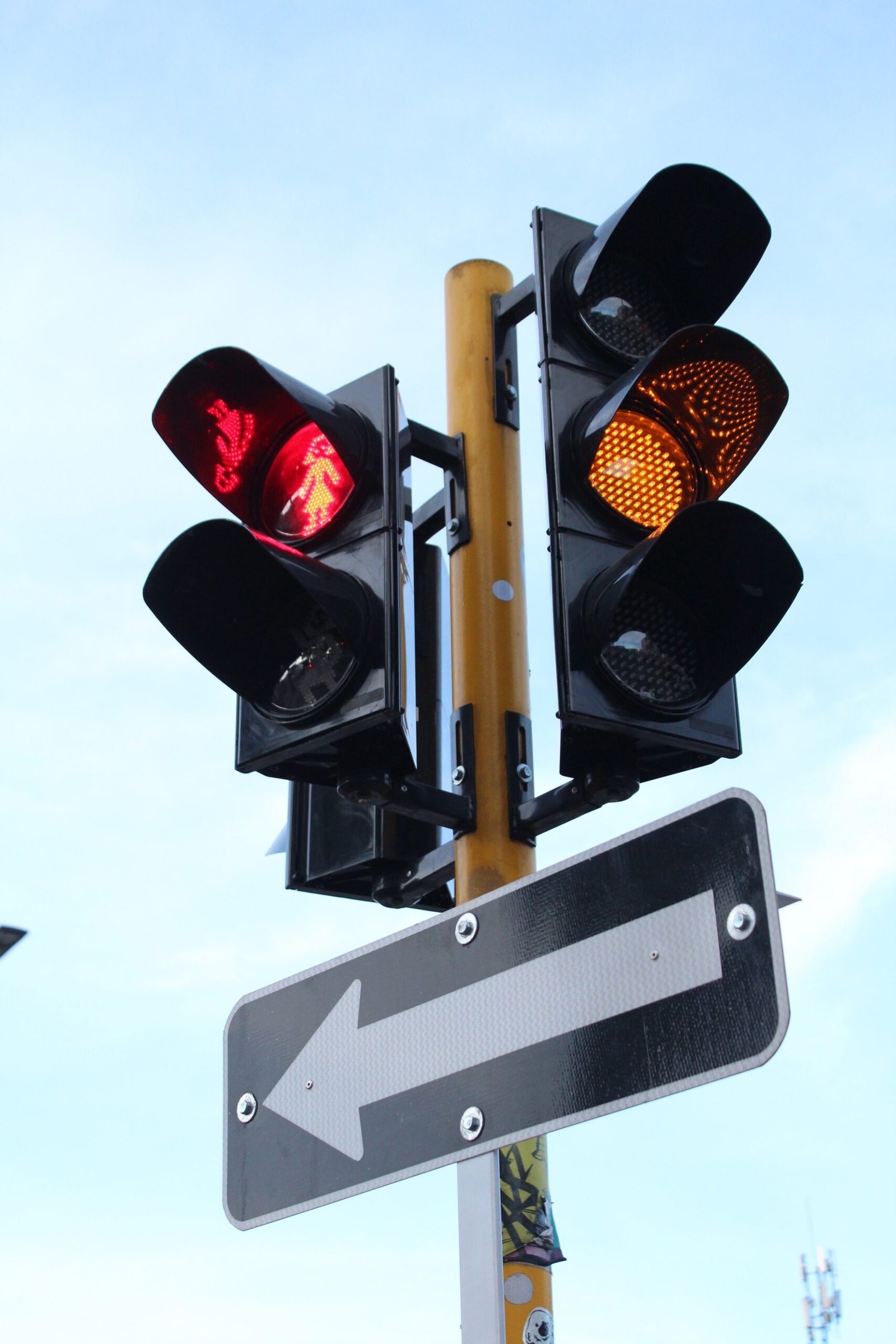Introduction
On November 20, 1923, Garrett Morgan, an African American inventor, patented a key safety device that revolutionized road safety – the traffic signal. Morgan’s invention introduced a warning signal to the standard two-light system, reducing accidents and regulating traffic flow more effectively. This article delves into the historical significance of Morgan’s invention and its lasting impact on road safety and urban planning.
The Need for Traffic Regulation
As the number of automobiles increased in the early 20th century, so did the need for effective traffic regulation. Prior to Morgan’s invention, traffic signals were limited to two lights – green and red. However, this system lacked a warning signal, leading to confusion and increased accident rates.
Morgan recognized the need for a more comprehensive traffic signal system that would provide a clear indication of when to stop, proceed with caution, or yield. His invention aimed to address these shortcomings and create a safer environment for motorists and pedestrians alike.
Morgan’s Innovative Solution
Morgan’s traffic signal introduced a third light, situated between the green and red lights, which served as a warning signal. This additional light, typically amber or yellow, alerted drivers to slow down and prepare to stop before the red light appeared. The sequential order of green, amber, and red lights provided a clear and intuitive indication of when to proceed, exercise caution, or come to a stop.
This innovative addition to the traffic signal system significantly reduced accidents caused by sudden stops or confusion among drivers. It also helped regulate traffic flow more effectively, enabling smoother transitions at intersections and reducing congestion.
Recognition and Impact
Morgan’s invention quickly gained recognition for its effectiveness in improving road safety. In 1923, the United States Patent Office granted him patent number 1,475,024 for his three-light traffic signal. This marked a significant milestone not only for Morgan but also for the field of transportation engineering.
The introduction of the warning signal in traffic lights became a standard feature in traffic signal systems worldwide. Morgan’s invention laid the foundation for the modern three-light traffic signal system that is still in use today. It became an integral part of urban planning, ensuring the safe and efficient movement of vehicles and pedestrians.
Legacy and Continued Innovation
Morgan’s traffic signal invention was just one of many contributions he made to society. He was also known for inventing the gas mask and the automatic hair straightening comb, among other notable inventions.
His inventions and contributions challenged racial stereotypes and broke down barriers, proving that innovation knows no boundaries. Morgan’s success as an African American inventor in a time of racial discrimination serves as an inspiration to future generations of inventors and engineers.
Over the years, traffic signal technology has continued to evolve. Today, we see the implementation of advanced systems that utilize sensors, cameras, and artificial intelligence to optimize traffic flow and enhance safety. However, it is important to acknowledge the foundational role played by Morgan’s invention in shaping the traffic signal systems we rely on today.
Conclusion
The patenting of the traffic signal by Garrett Morgan in 1923 was a pivotal moment in road safety history. His innovative addition of a warning signal to the standard two-light system significantly improved traffic regulation, reduced accidents, and paved the way for the modern three-light traffic signal system we use today. Morgan’s contributions continue to inspire and remind us of the power of innovation in creating a safer and more efficient transportation system.
SEO Excerpt:
On November 20, 1923, Garrett Morgan, an African American inventor, patented the traffic signal, introducing a warning signal to the standard two-light system. This innovation significantly improved road safety and traffic regulation. Learn more about the historical significance of Morgan’s invention and its lasting impact on road safety and urban planning.

